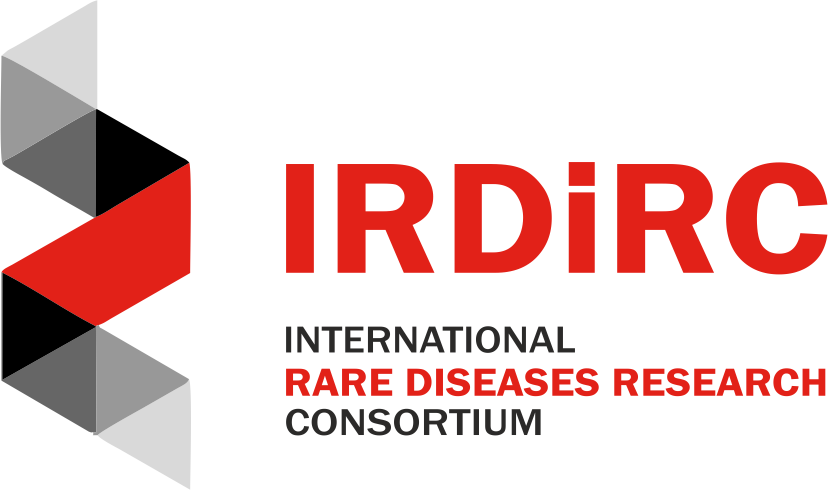Introduction
Goal 1 of IRDiRC is that by 2017: all patients coming to medical attention with a suspected rare disease will be diagnosed within one year if their disorder is known in the medical literature; all currently undiagnosable individuals will enter a globally coordinated diagnostic and research pipeline.
Given the majority of the world includes currently underrepresented Indigenous communities and that there are particular challenges and opportunities for people living in these countries, special efforts that address these are required for Goal 1 to be met. Indigenous populations are globally dispersed, may be in developed or developing countries, often reside in non-metropolitan and remote areas, and frequently experience health inequities, including in rare diseases diagnostics. These inequities will be magnified unless and until concerted and coordinated initiatives address challenges that limit the equitable receipt of benefit from diagnostic innovation. Until this is achieved, IRDiRC cannot achieve its goals. These challenges will require innovative, robust, and community engaged solutions. These solutions that are likely to translate more broadly, that is for impact for all people living with rare diseases.
It is anticipated that the initial approach will be to focus on countries that have well-resourced health systems, or that have a mixture of well-developed and less developed rare diseases diagnostic capacity. With the second wave of approaches being informed by the first and extending to less well-resourced environments. Ultimately however, this will be determined through the taskforce.
Objectives
To identify the priorities and means, both existing and in need of development, to deliver equity and scale and in delivery against Goal 1; specifically, by focusing on underrepresented, including Indigenous populations.
This TF is to bring together the community addressing this challenge to share best practices regarding current and future approaches and may include, but not be limited to, the following areas:
- cultural safety;
- awareness, red flags and referral pathways;
- access to testing and associated pre and post-test counselling;
- language and ontologies;
- reference ranges – (gen)omic and phenotypic;
- data sharing and privacy preserving record linkage that includes familial and broader community dynamics; and
- capacity building.
Plans and Timeline
- Assembly of a Task Force team and a Chair and hold first meeting (Date Q2/3 2019)
- Develop a scope of the challenge and state-of-play document (Q3/4 2019)
- Develop an asset map; identification of the international research teams working on this challenge (Q3/Q4 2019)
- Identify one or more targeted workshops that address an area(s) of priority (Q4 2019)
- Development objectives and outcomes for a workshop focused on a specific challenge to be held in (Q4 2019)
- Hold Workshop (Q1/2 2020)
- Disseminate Workshop outcomes (Q3/4 2020)
Members (11)
- Gareth Baynam – Western Australian Department of Health (Chair of the Diagnostic Scientific Committee)
- Alicia Bauskis – Western Australian Department of Health, Australia
- Francois Van der Westhuizen – School of Physical and Chemical Sciences, South Africa
- Jurgen Reichardt – Australian Institute of Tropical Health and Medicine, Queensland, Australia
- Kelly du Plessis – Rare Diseases South Africa
- Laura Arbour – University of Victoria, Canada
- Maui Hudson – Canadian Silent Genomes Project, New Zealand
- Melissa Haendel – Oregon State University, USA
- Mengchun Gong – National Rare Disease Registry System of China
- Simon Easteal – National Centre for Indigenous Genomics, Australian National University
- Xavier Estivill – qGenomics, Barcelona, Catalonia, Spain
Documents
- Related articles and links here
- Publications:
- Barriers and considerations for diagnosing rare diseases in indigenous populations. Access the publication: https://www.frontiersin.org/articles/10.3389/fped.2020.579924/full
- Advancing diagnosis and research for rare genetic diseases in Indigenous peoples. Access the publication: https://www.nature.com/articles/s41588-023-01642-1

